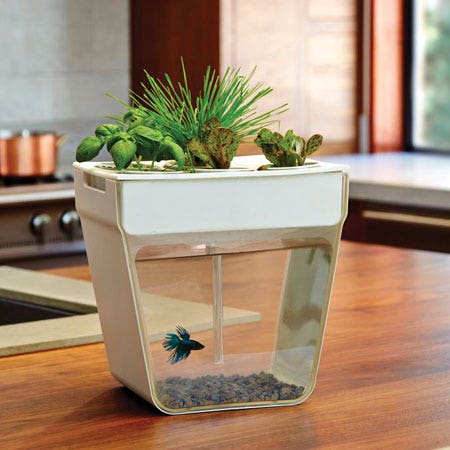
Indoor gardening offers the freedom to cultivate plants year-round, even in limited spaces. To ensure successful growth and thriving greenery, having the right tools is essential.
In this article, we will explore ten must-have tools for indoor gardening, carefully selected to provide the utmost convenience and efficiency. From grow lights to plant nutrients, this comprehensive list will equip you with everything you need to create a flourishing indoor oasis.
Embark on your indoor gardening journey armed with the knowledge and tools to succeed.
Grow Lights
Utilizing high-quality grow lights is essential for achieving successful indoor gardening.
When it comes to providing optimal lighting for your plants, there are various grow light options available in the market. LED grow lights have gained popularity due to their energy efficiency and long lifespan. They emit the full spectrum of light, providing the necessary wavelengths for plant growth.
Another option is fluorescent grow lights, which are cost-effective and suitable for smaller spaces. They are available in different spectrums, allowing you to customize the lighting based on your plants' needs.
High-intensity discharge (HID) grow lights are another popular choice, known for their powerful output and ability to cover larger areas.
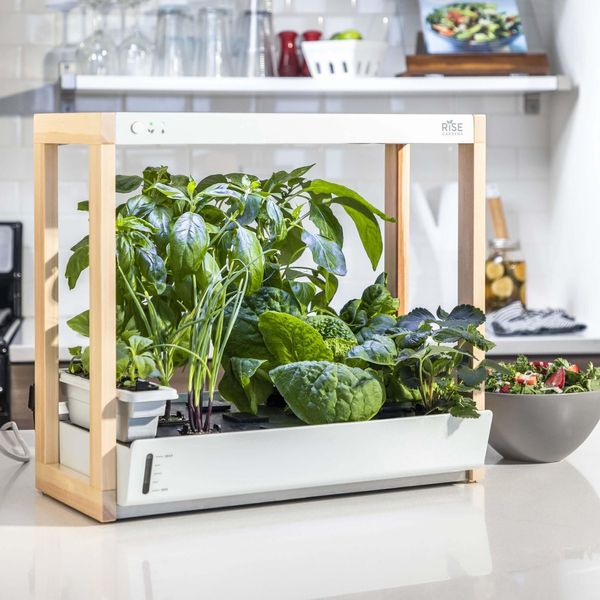
Pots
To ensure optimal growth and health for your indoor plants, selecting the right pots is essential.
The pots you choose should provide optimal drainage to prevent waterlogging, which can lead to root rot and other issues. Look for pots with drainage holes at the bottom, or consider using pots with a built-in drainage system.
Additionally, decorative options are available to suit your personal style and enhance the aesthetics of your indoor garden. Choose pots in various sizes, shapes, and materials such as ceramic, terracotta, or plastic.
These pots not only provide a functional space for your plants to thrive but also add beauty and visual interest to your indoor space.
Watering Cans
The watering can is an essential tool for indoor gardening, allowing for precise and controlled watering of your plants. Indoor gardening techniques require careful attention to watering, as overwatering or underwatering can harm your plants.
A watering can provides a gentle and controlled flow of water, ensuring that your plants receive the right amount of hydration without causing water wastage or damaging the roots. When using a watering can, it is important to use proper watering techniques.
Water your plants at the base, avoiding wetting the leaves, to prevent the growth of mold or fungal diseases. Additionally, make sure to water thoroughly, allowing the water to reach the roots.
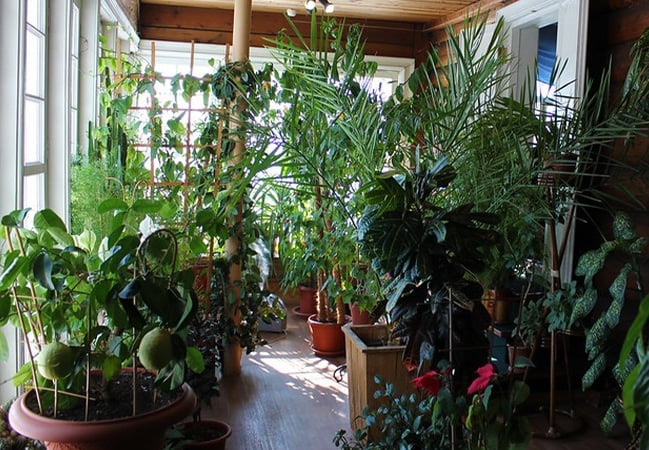
Soil Test Kits
Indoor gardening techniques require careful attention to watering. Another essential tool for successful indoor gardening is a soil test kit. These kits provide valuable information about the condition of the soil, helping you ensure optimal plant growth.
Here are three reasons why soil test kits are a must-have for indoor gardeners:
- Optimal soil pH: Soil pH plays a crucial role in nutrient availability for plants. A soil test kit allows you to measure the pH level and make necessary adjustments to create the ideal growing conditions for your plants.
- Nutrient deficiencies: Soil test kits can also detect nutrient deficiencies, such as low levels of nitrogen, phosphorus, or potassium. By identifying these deficiencies early on, you can provide the necessary fertilizers or amendments to ensure your plants receive the nutrients they need.
- Precision and control: With a soil test kit, you can take control of your indoor garden's health. It empowers you to make informed decisions about soil amendments, watering, and fertilizing, resulting in healthier and more productive plants.
Humidity Trays
Humidity trays are an essential tool for maintaining the optimal moisture levels in indoor gardens. These trays are designed to help with humidity control by providing a reservoir of water that evaporates slowly, increasing the humidity in the surrounding area.
By placing the trays underneath potted plants, you can prevent the soil from drying out too quickly, especially in dry indoor environments. This is particularly important for plants that require high humidity levels, such as tropical and exotic species.
Additionally, humidity trays can also help prevent the growth of mold by ensuring that the air around the plants remains adequately moist without becoming overly damp.
With the use of humidity trays, you can create a healthy and balanced environment for your indoor garden.
Pruning Shears
To properly maintain and shape your indoor plants, it is crucial to have a pair of reliable pruning shears. These indispensable tools are designed to help you keep your plants healthy and thriving.
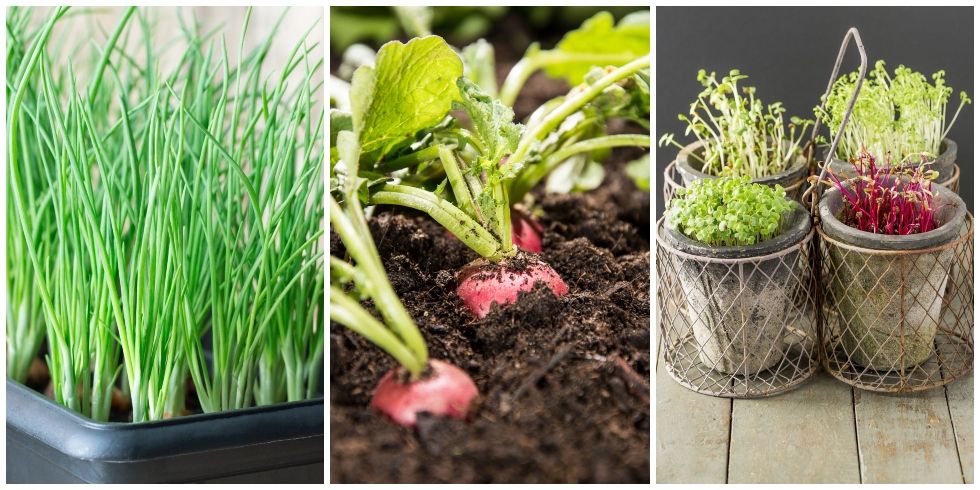
Here are three reasons why pruning shears are essential for successful indoor gardening:
- Precision: Pruning shears allow you to make precise cuts, ensuring that you remove only the necessary parts of the plant. This precision is crucial for maintaining the plant's shape and promoting healthy growth.
- Control: With pruning shears, you have full control over the pruning techniques you use on your indoor plants. You can trim branches, remove dead leaves, and shape the plant according to your desired aesthetic.
- Maintenance: Regular pruning with shears is a vital aspect of plant maintenance. It helps to remove diseased or damaged parts, improves air circulation, and stimulates new growth.
Plant Stands
Plant stands are essential tools for successful indoor gardening. They provide space-saving options, allowing you to make the most of limited space by elevating your plants.
Not only are they functional, but they also add a stylish touch to your indoor garden, enhancing the overall aesthetic.
With plant stands, you can create an organized and visually appealing display of your plants.
Space-Saving Options
One essential tool for maximizing space in indoor gardening is utilizing plant stands. These space-saving solutions not only provide a stylish way to display your plants but also allow you to make the most of your vertical gardening techniques.
Here are three options that can help you optimize your indoor garden:
- Tiered plant stands: These multi-level stands provide ample space for a variety of plants, allowing you to create a mini oasis in even the smallest of spaces.
- Hanging plant stands: By utilizing the vertical space, hanging plant stands free up valuable floor space, making them perfect for apartments or small rooms.
- Wall-mounted plant stands: These innovative stands attach to your walls, transforming them into green canvases. They are ideal for those who desire freedom and want to add a touch of nature to their living spaces without sacrificing precious floor space.
With these space-saving plant stand options, you can create a flourishing indoor garden no matter how limited your space may be.
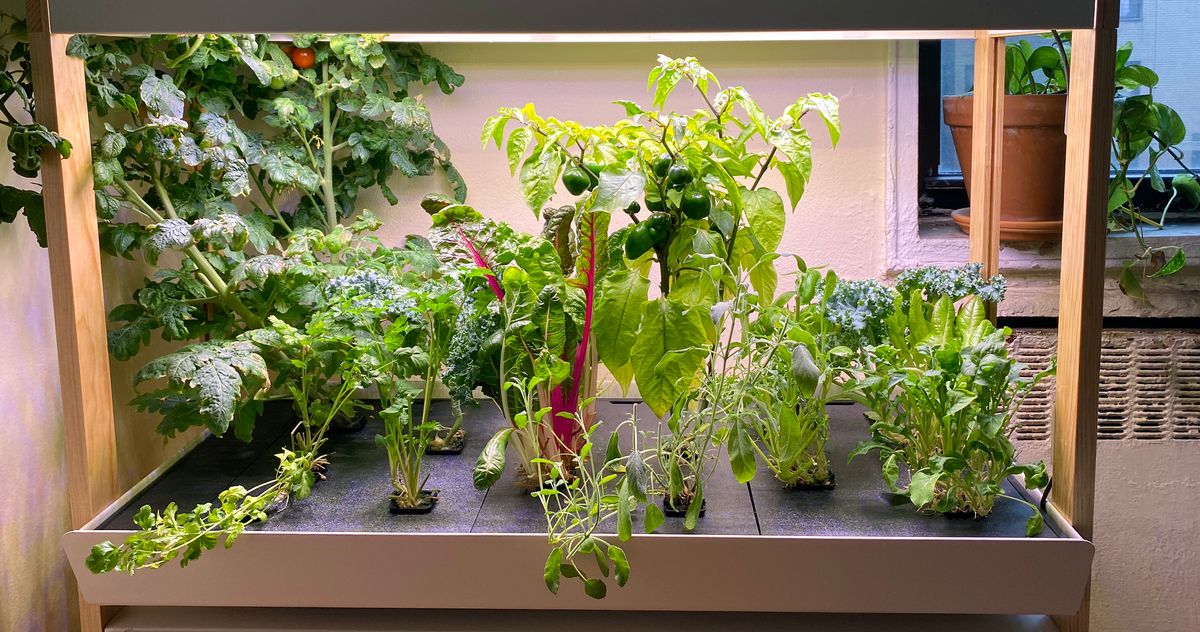
Stylish and Functional
A key element in successful indoor gardening is incorporating stylish and functional plant stands. These stands not only provide a visually appealing way to display your plants but also offer practical benefits.
Stylish planters can be placed on the stands, adding a touch of elegance to your indoor space. They come in a variety of designs, materials, and sizes, allowing you to choose the perfect fit for your aesthetic preferences and available space.
Additionally, plant stands can help optimize the positioning of your plants, ensuring they receive adequate sunlight and proper air circulation.
To further enhance the appeal of your indoor garden, consider using decorative plant labels. These labels not only serve a practical purpose by providing information about your plants but also add a decorative element, giving your garden a personalized touch.
Enhance Plant Display
Incorporating stylish and functional plant stands is essential for enhancing the display of your indoor garden, as they provide a visually appealing way to showcase your plants while optimizing their positioning for optimal sunlight and air circulation.
Creative arrangements: With plant stands, you have the freedom to create unique and eye-catching displays. Experiment with different heights, groupings, and combinations to add visual interest to your indoor garden.
Decorative planters: Plant stands often come with decorative planters that can elevate the overall aesthetic of your space. Choose planters that complement your interior design and add a touch of style to your indoor garden.

Optimal positioning: Plant stands allow you to position your plants at the perfect height for maximum sunlight exposure and proper air circulation. This ensures that your plants thrive and grow to their full potential.
Seedling Heat Mats
Seedling heat mats are essential tools for successful indoor gardening. They provide optimal germination temperature, which is crucial for successfully starting seeds.
Additionally, these mats promote faster seedling growth, enabling gardeners to have healthy and robust plants in a shorter time.
Moreover, seedling heat mats are an energy-efficient heating option, making them not only effective but also environmentally friendly.
Optimal Germination Temperature
To ensure successful indoor gardening, one essential tool is a seedling heat mat that provides the optimal germination temperature. Germination is a crucial stage in the growth of plants, and maintaining the right temperature is essential for healthy seedling development. Here are three reasons why temperature control is vital for optimal germination:
- Faster and more consistent germination: A seedling heat mat creates an environment with consistent warmth, promoting faster and more uniform germination of seeds.
- Prevention of seedling diseases: Controlling the temperature helps to prevent the growth of harmful fungi and bacteria that can cause diseases in young seedlings.
- Improved root development: Optimal temperature encourages strong root growth, which is essential for the overall health and vigor of the plant.
Faster Seedling Growth
Indoor gardeners can enhance the speed of seedling growth by consistently utilizing seedling heat mats. These mats provide a controlled and consistent heat source that promotes faster germination and healthier seedling growth. Seedling heat mats are particularly beneficial for those who want to start their plants from seeds and desire faster results.
Seedling heat mats work by providing warmth to the seeds and soil, creating an optimal germination temperature. This helps to accelerate the germination process, allowing seeds to sprout and develop into seedlings more quickly. Additionally, these mats can be used in conjunction with other seedling propagation techniques such as grow lights and humidity domes to create the ideal environment for seedling growth.
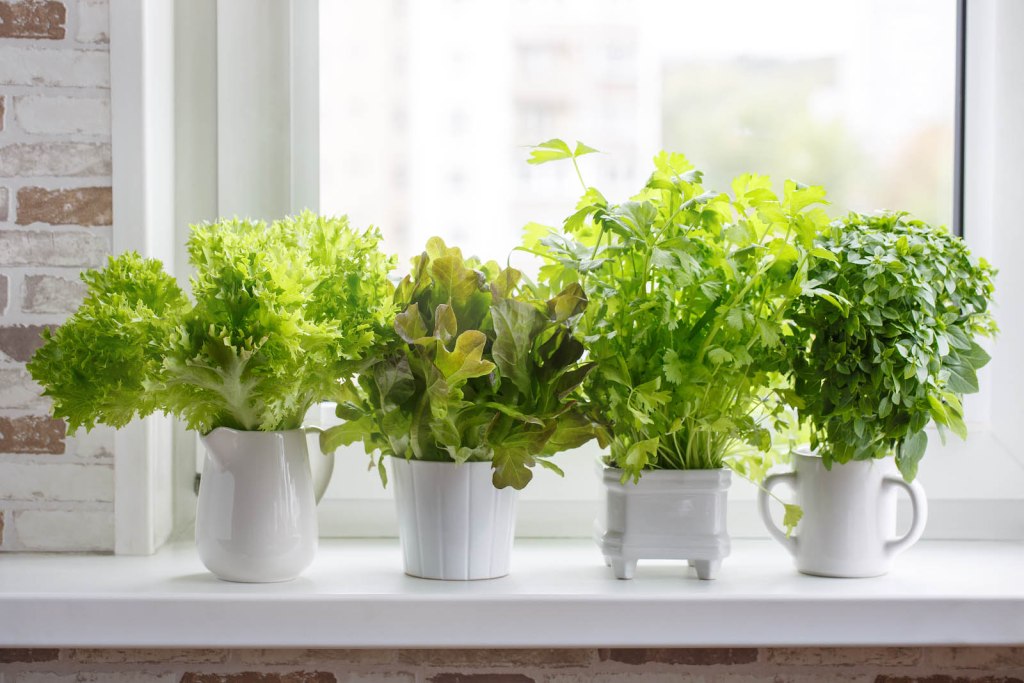
Energy-Efficient Heating Option
When it comes to energy-efficient heating options for indoor gardening, one popular choice is the use of seedling heat mats. These mats are designed to provide a consistent and gentle heat source for seedlings, promoting faster and healthier growth.
Here are a few reasons why seedling heat mats are a great alternative for indoor gardeners:
- Energy-efficient: Seedling heat mats are designed to be highly efficient, consuming minimal electricity while providing optimal heat to the plants.
- Uniform heat distribution: These mats ensure even heat distribution across the entire surface, preventing any hot spots that could potentially harm the plants.
- Customizable temperature control: Most seedling heat mats come with adjustable temperature settings, allowing gardeners to create the ideal environment for their plants.
Plant Nutrients
For successful indoor gardening, the proper application of plant nutrients is essential. Plant nutrients play a crucial role in supporting healthy plant growth and preventing nutrient deficiencies.
Indoor plants rely on the nutrients provided to them, as they cannot access the natural nutrients found in outdoor soil. Nutrient deficiencies can lead to stunted growth, yellowing leaves, and reduced overall plant vigor.
To ensure optimal plant health, indoor gardeners should use a balanced fertilizer that contains a mix of essential nutrients such as nitrogen, phosphorus, and potassium. Additionally, micronutrients like iron, manganese, and zinc are also necessary for plant development.
Spraying Bottles
Spraying bottles are essential tools for successful indoor gardening. They allow for precise water distribution techniques, whether it's misting plants for hydration or applying pest control solutions. Spraying bottles provide a convenient and effective way to maintain the health and vitality of indoor plants. With their ability to deliver a fine mist or targeted spray, these bottles are a must-have for any indoor gardener looking to optimize their plant care routine.
Water Distribution Techniques
A crucial tool for effectively distributing water in indoor gardening is the use of spraying bottles. These bottles provide a convenient and efficient way to deliver water to plants, ensuring they receive the right amount of hydration. When it comes to watering techniques, spraying bottles offer several advantages.
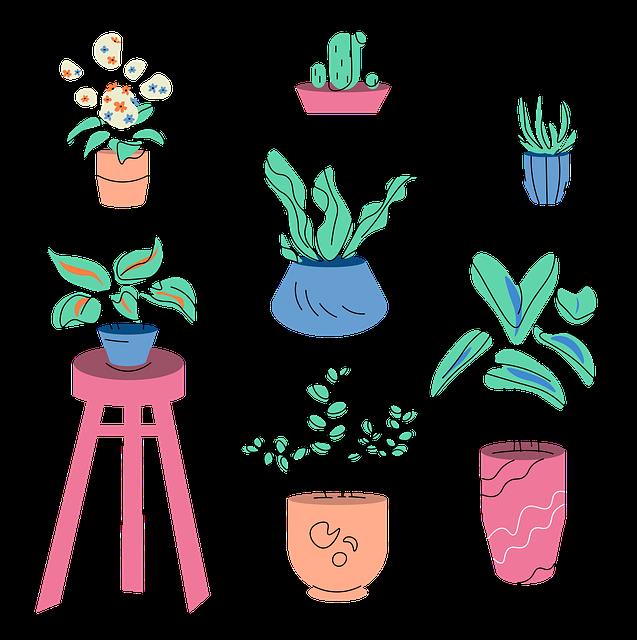
- Spray Nozzle: The adjustable spray nozzle allows for precise control over the water distribution. You can choose between a fine mist, gentle shower, or a targeted stream, depending on the needs of your plants.
- Uniform Coverage: The spraying action of these bottles ensures that water is distributed evenly across the plants, preventing overwatering or underwatering in specific areas.
- Hydroponic Systems: Spraying bottles are particularly useful in hydroponic systems, where plants are grown without soil. The fine mist of water helps to moisten the roots without saturating the growing medium.
Mist for Plant Hydration
One essential tool for successful indoor gardening is the use of spraying bottles to provide a fine mist for plant hydration. These spraying bottles, also known as misting bottles or atomizers, are designed to deliver a gentle and even spray of water to the plants. This method of plant hydration is particularly beneficial for indoor gardens because it helps to mimic the natural environment and conditions that plants thrive in.
Spraying bottles are especially useful in hydroponic systems, where plants are grown without soil and rely on nutrient-rich water solutions. These systems require precise control over water distribution, and misting bottles offer a convenient way to ensure the plants receive the right amount of moisture.
In addition, automated misting systems are available for indoor gardens, which provide a consistent and controlled misting schedule. These systems can be programmed to deliver mist at specific intervals, ensuring that plants receive adequate hydration without the need for manual intervention.
Pest Control Solutions
Pest control solutions utilizing spraying bottles are essential for successful indoor gardening. When it comes to dealing with pests in a natural and organic way, there are several effective remedies to consider:
- Neem oil: This natural insecticide derived from the neem tree is known for its ability to repel a wide range of pests, including aphids, mealybugs, and spider mites.
- Garlic spray: Made by blending garlic cloves with water, this organic solution acts as a potent repellent for pests like ants, aphids, and whiteflies.
- Soap spray: Mixing a mild liquid soap with water creates a powerful insecticidal spray that can control pests such as scales, thrips, and spider mites.
By incorporating these natural remedies into your indoor gardening routine, you can effectively manage pest infestations without the use of harsh chemicals.
Protect your plants and maintain a healthy, thriving indoor garden with these organic pest control solutions.
Frequently Asked Questions
How Often Should I Change the Grow Lights for My Indoor Plants?
The frequency for changing grow lights in indoor gardening depends on the type of plant, its light requirements, and the specific grow light used. It is crucial to consider the manufacturer's guidelines and monitor your plants for signs of insufficient light.
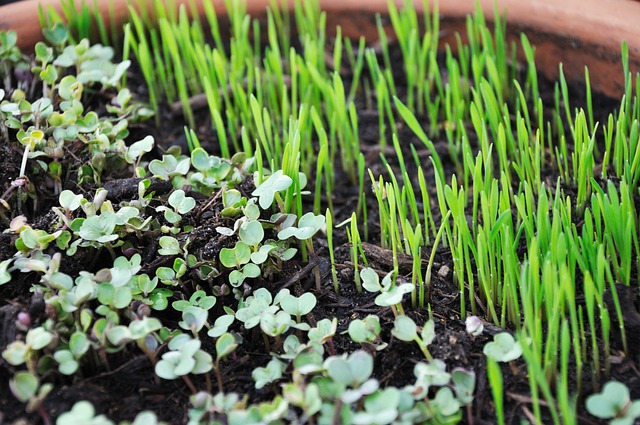
Can I Use Regular Pots for Indoor Gardening, or Do I Need Special Ones?
Regular pots can be used for indoor gardening, but special pots offer several benefits. Special pots, such as self-watering pots or pots with built-in drainage systems, help maintain optimal moisture levels and prevent overwatering, promoting healthier plant growth and reducing the risk of root rot.
What Is the Best Type of Water to Use for Watering Indoor Plants?
The best watering technique for indoor plants is to use filtered water. Filtered water removes impurities and chemicals that can be harmful to plants. This ensures that the plants receive the purest and healthiest water for optimal growth.
How Often Should I Test the Soil for Nutrient Levels Using a Soil Test Kit?
To determine the frequency of soil testing for nutrient levels using a soil test kit, factors such as the type of plants, the soil composition, and the fertilization schedule should be considered. Consulting with a horticulturist or using a soil testing service can provide more accurate recommendations.
Do I Need to Use a Humidity Tray for All Indoor Plants, or Only Certain Ones?
Humidity trays can be beneficial for indoor plants, but they are not necessary for all. Certain plants, such as those that thrive in high humidity environments, will benefit the most from a humidity tray.
 Business & FinanceHealth & MedicineTechnologyLifestyle & CultureScience & EnvironmentWorld NewsPrivacy PolicyTerms And Conditions
Business & FinanceHealth & MedicineTechnologyLifestyle & CultureScience & EnvironmentWorld NewsPrivacy PolicyTerms And Conditions
